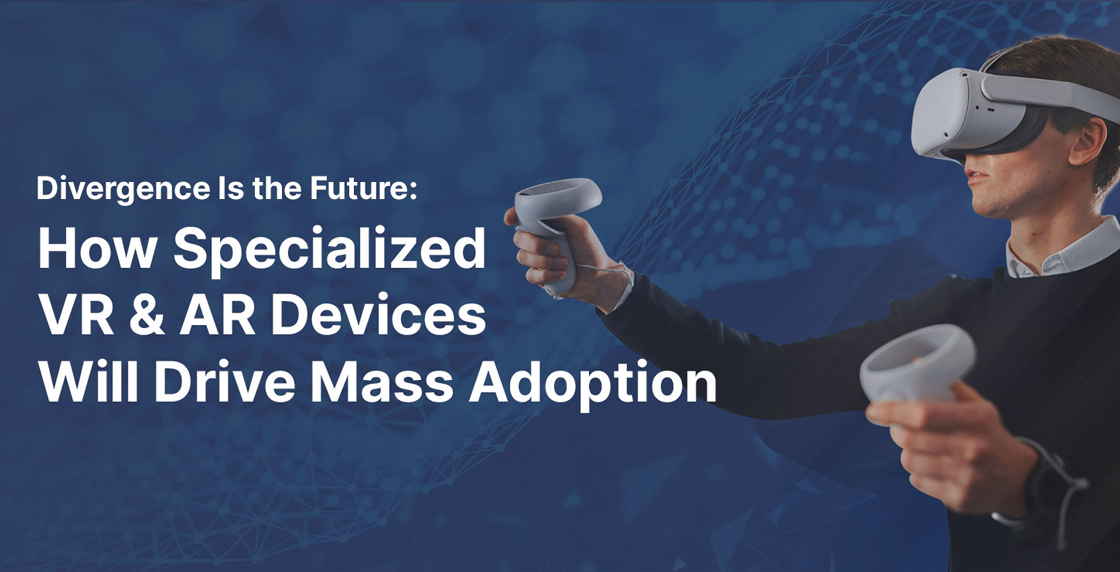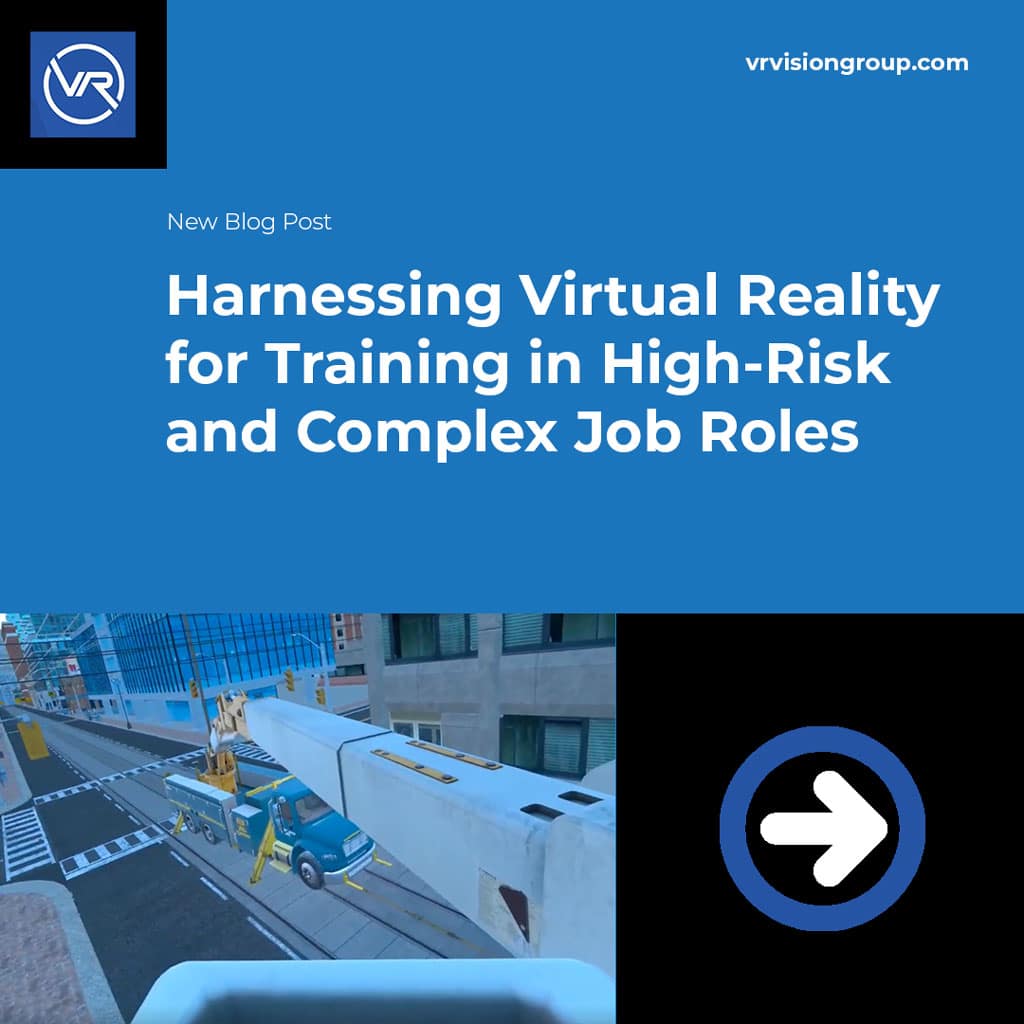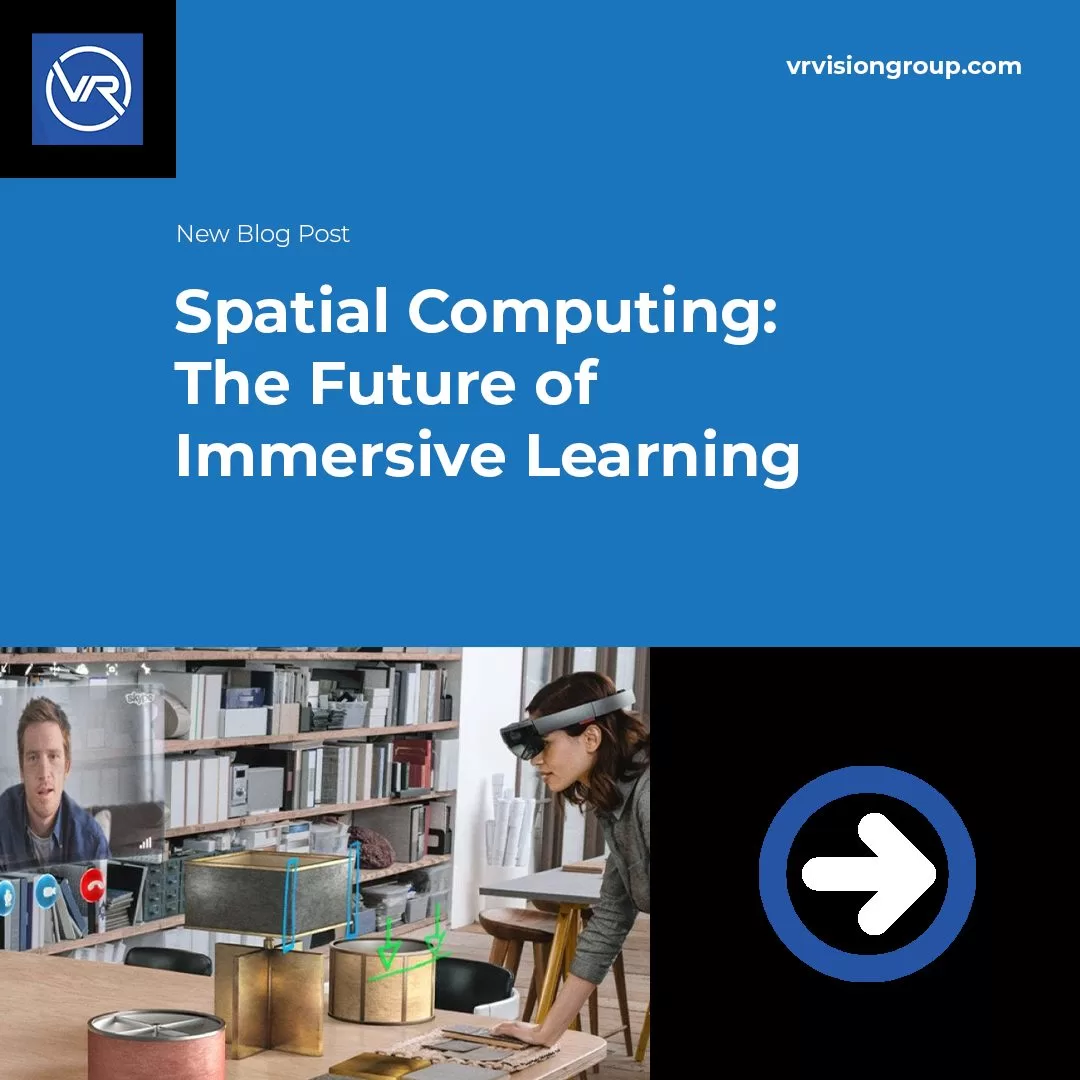
How Toyota, Siemens, and Avangrid are Scaling Workforce Readiness with VR Multiplayer VR is no longer the future—it’s how today’s leading manufacturers are transforming workforce training right now. In this exclusive TrainingIndustry.com Leader Talk, our very own Roni Cerga shares the real-world impact of enterprise-scale immersive learning with clients like Toyota, Siemens Gamesa, and Avangrid. …2025 Training Industry Leader Talk Webinar with Roni Cerga, CEO – VR Vision

Revolutionize your training with Vision Portal’s suite of tools for scalable immersive learning. Experience hands-on training in a 3D environment tailored to your needs, making learning engaging and effective. From CGI simulations that mimic real-world scenarios to fully immersive interactive 360 videos, our solutions enhance engagement and retention. Discover how our advanced VR application development transforms the way you interact with digital content. Join industry leaders like Avangrid and Toyota in upskilling your workforce through innovative training solutions that drive performance and safety. Ready to elevate your training experience? Explore more about our offerings today!

There’s a big misconception in XR right now: if one headset has every possible feature—from VR to AR, from passthrough cameras to hand-tracking—it’ll magically appeal to everyone. But history proves otherwise. Instead of chasing an “all-in-one” solution, the real breakthrough will come from specialized devices built for specific use cases—be it immersive gaming, industrial training, or hands-free communication.
By doubling down on what truly matters for each audience, manufacturers avoid bloated products and deliver real value. Factor in future tech like 6G cloud streaming, AI upscaling, and wider fields of view, and it becomes clear: focused innovation, not feature overload, is what will drive mass XR adoption.

In the ever-evolving world of workplace training, businesses are constantly seeking the best ways to upskill their teams—quickly, effectively, and without breaking the bank. Traditionally, this has meant classroom-style lessons, hands-on workshops, and the occasional video tutorial. But with the rise of XR technologies, we’re entering an era where virtual, augmented, and mixed reality could …Cost-Benefit Analysis of XR Training vs. Traditional Training

In today’s fast-evolving workplace, training employees for high-risk and complex job roles presents unique challenges. Traditional training methods often fall short in safely and effectively preparing workers for such demanding environments. This is where virtual reality for training steps in as a game-changer, offering an innovative and practical solution for training in dangerous or intricate …Harnessing Virtual Reality for Training in High-Risk and Complex Job Roles

“Key Lessons From Early VR Training Adopters” is a webinar that serves as a platform for sharing experiences and insights from pioneers in the use of VR technology for enterprise training. The event discusses how early adopters have utilized VR to achieve remarkable training outcomes, enhancing the learning experience for a large number of participants. …Webinar: Key Lessons From Early VR Training Adopters

In the ever-evolving world of Extended Reality (XR) and Virtual Reality (VR), visuals play an indispensable role. Whether you’re a budding developer, a seasoned content creator, or an enthusiast looking to dive into the immersive world of XR/VR, having access to high-quality images can make all the difference. Understanding the importance of this, we at …VR Vision’s Gift to the XR/VR Community: Free Stock Images for Everyone!

As pioneers in virtual reality training solutions, we are constantly exploring cutting-edge technologies that can revolutionize the way we learn and interact with information. Today, we are particularly excited to delve into a trend that is promising to change the landscape of immersive learning: spatial computing. What is Spatial Computing? Before we dive in, let’s …Spatial Computing: The Future of Immersive Learning

In today’s competitive business environment, companies are always on the lookout for innovative ways to improve their employees’ skills and knowledge. One such solution that has gained significant traction in recent years is VR training. As a cutting-edge technology, VR training offers a myriad of benefits that can revolutionize enterprise learning. In this article, we …10 Advantages of Virtual Reality Training in Enterprise Immersive Learning